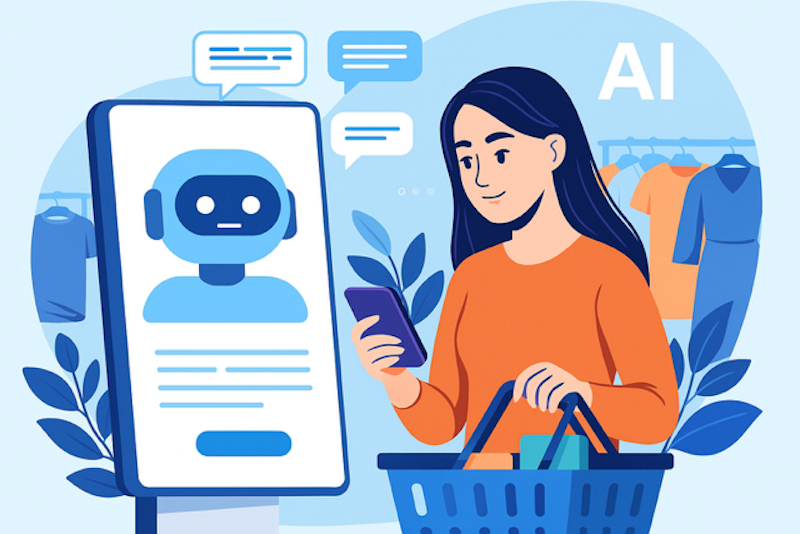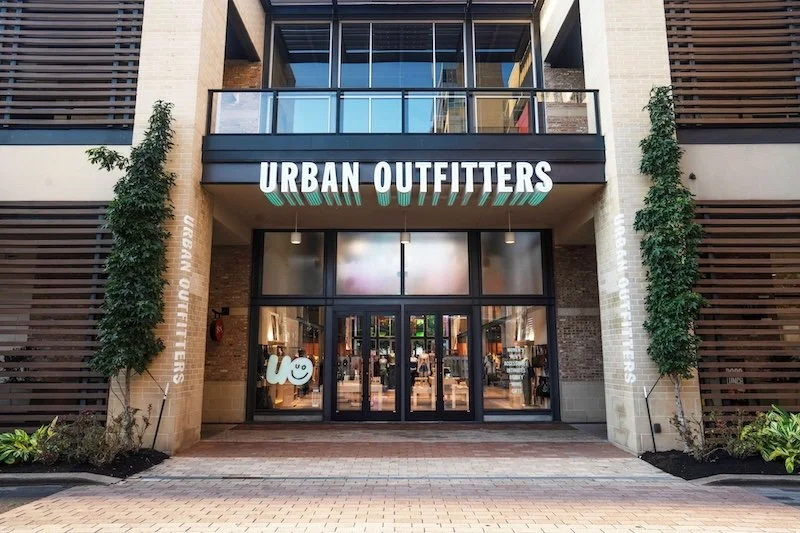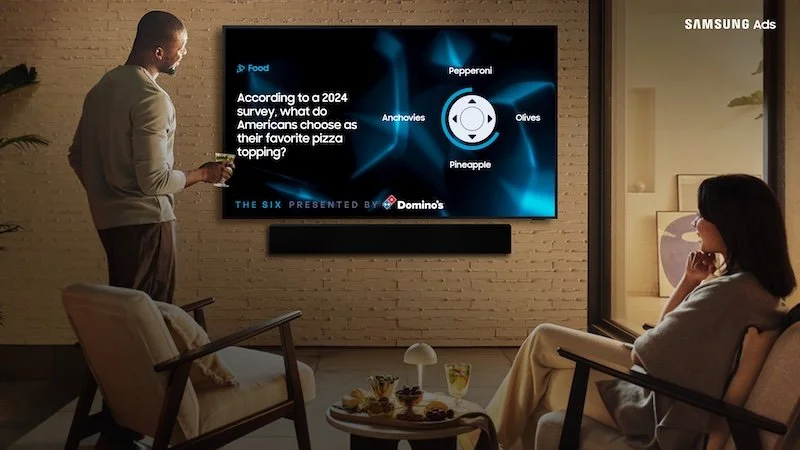Leveraging data analytics and customer personalisation for enhanced retail experiences
The retail landscape is rapidly transforming, driven by evolving consumer expectations and technological advancements. In a highly competitive market, merely offering products is no longer enough; success hinges on delivering exceptional, tailored experiences that deeply resonate with individual customers. At the core of this shift are two powerful forces: data analytics and customer personalisation.
Together, they form the foundation upon which modern retailers are building intelligent, responsive, and profitable business models.
The Foundation: Unlocking Value Through Data Analytics
The journey begins with data. Retailers have an unprecedented opportunity to collect vast quantities of information about their customers, from browsing and purchase histories to demographic details and marketing engagement. Every click and transaction leaves a digital footprint that, when aggregated, paints a comprehensive picture of consumer behaviour.
This raw data, however, is just potential. Its true value is unlocked through sophisticated data analytics, which employs AI and machine learning to identify trends, predict future actions, and uncover hidden correlations.
By understanding which products are frequently purchased together, what messages resonate with specific segments, or why customers abandon carts, retailers gain actionable insights into preferences and pain points. This deep understanding moves beyond broad generalisations, providing a granular view of each customer's unique journey.
From Insights to Tailored Experiences: The Power of Personalisation
Translating these insights into tangible personalised experiences is where the magic happens. The era of one-size-fits-all marketing is over; customers now expect interactions that feel bespoke and relevant.
This manifests in many ways: personalised product recommendations on e-commerce sites, dynamic pricing based on individual purchase history, and customised email campaigns. In physical stores, personalisation can extend to curated selections or staff empowered with real-time customer data for informed assistance.
Sephora, for instance, leverages its Beauty Insider programme and in-store technology to provide personalised product recommendations and virtual try-on tools, creating a seamless and highly individualised shopping experience. The goal is to anticipate needs and deliver value proactively, creating a sense of being understood by the brand. This individualised approach boosts customer satisfaction, drives higher conversion rates, and fosters greater brand loyalty, as customers feel a stronger connection to businesses that consistently meet their specific demands.
Cross-Industry Relevance: Personalisation Beyond Traditional Retail
The effectiveness of leveraging data for personalisation isn't limited to traditional retail. Other sectors, particularly those with high user interaction and diverse preferences, have also mastered these techniques. Streaming giants like Netflix excel at using viewing history and user ratings to recommend movies and shows, creating a highly personalised entertainment experience.
Similarly, e-commerce platforms such as Amazon leverage vast amounts of purchase and browsing data to suggest highly relevant products. Platforms like Spotify analyse listening habits to curate personalised playlists. And in a different vein, platforms such as CasinoBonusCA exemplify how advanced analytics can be deployed not for physical goods, but for hyper-personalised user experiences within a service context.
By meticulously analysing user behaviour and interactions, they dynamically offer tailored bonuses and recommend relevant games, significantly improving user satisfaction and retention. This approach, while applied in a different industry, mirrors the core principles modern retailers strive for: using data to anticipate needs and deliver highly relevant, individualised value to customers, optimising engagement and fostering loyalty through a deep understanding of consumer psychology.
Navigating Challenges and Embracing Future Trends
Despite its immense potential, implementing robust data analytics and personalisation strategies faces challenges. Data privacy is paramount, requiring retailers to navigate complex regulations while building customer trust through transparent practices.
Ethical considerations regarding data usage, potential algorithm biases, and the fine line between helpful personalisation and intrusive monitoring must be carefully managed. Starbucks, for example, excels in hyper-personalisation through its mobile app, offering real-time, tailored promotions based on individual purchase history and location, while actively engaging users through gamified rewards that encourage opt-in data sharing.
Furthermore, the technical complexity of integrating disparate data sources, developing advanced analytical models, and deploying real-time personalisation engines demands significant investment in technology and talent.
Looking ahead, retail personalisation will continue to evolve rapidly. We anticipate even greater emphasis on hyper-personalisation, where individual preferences are tracked and addressed in real-time across all touchpoints, from smart mirrors to voice-activated shopping.
Predictive analytics will become more sophisticated, enabling retailers to anticipate future demand, optimise inventory, and tailor supply chains with unprecedented precision. The seamless integration of online and offline data will blur the lines between physical and digital retail, creating unified customer journeys that adapt fluidly to individual needs and contexts.
Conclusion: The Imperative for a Personalised Future
In conclusion, data analytics and customer personalisation are no longer just buzzwords but essential capabilities for survival and growth in contemporary retail. By harnessing data to truly understand their customers and then crafting uniquely tailored experiences, retailers can foster deeper connections, cultivate lasting loyalty, and redefine the future of shopping.
Those who embrace these technologies with foresight and responsibility will be the ones that thrive, creating a more engaging, efficient, and personally relevant retail world for everyone.































Continue reading…